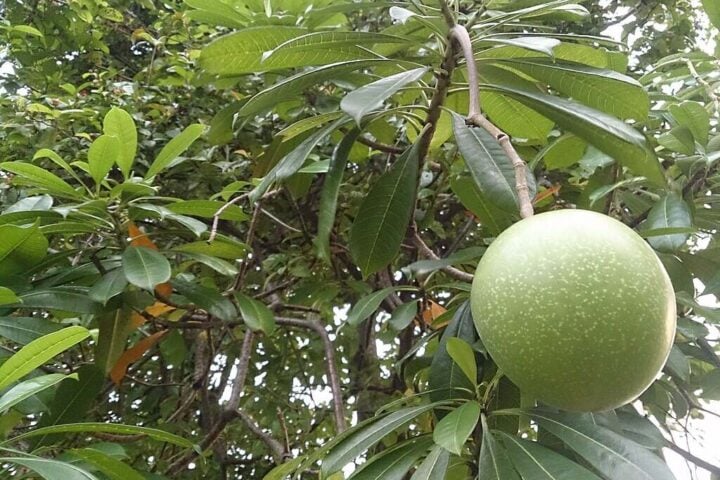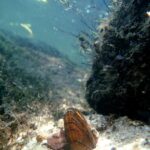The Kansas Department of Wildlife and Parks has directed its recovery efforts towards the plains minnow, a tiny species native to the Arkansas River that has faced significant decline in Kansas waterways. With its short lifespan, slender lips, and small eyes, the plains minnow has become increasingly rare in the state. This article highlights the importance of conserving threatened and endangered species, specifically focusing on the plains minnow and the Kansas Department of Wildlife and Parks’ strategies to reintroduce the species into the Arkansas River.
Threatened Status and Factors at Play:
As per National Geographic’s classification, a species is considered endangered when its population has declined by at least 70% with a known cause. Currently, the Kansas Department of Wildlife and Parks lists 30 species as threatened and 22 as endangered in the state. Previously, the plains minnow was a common bait fish and one of the most abundant fish species in Kansas. However, its population has significantly diminished or even disappeared from the area. Various factors contribute to the minnow’s threatened status, including prolonged drought conditions, such as the ongoing drought in Kansas, which negatively impacts the survival of a species with a lifespan of three to four years.
Recovery Efforts and Collaboration:
The Kansas Department of Wildlife and Parks has focused its recovery efforts on the plains minnow, recognizing the need to be good stewards of the land and collaborate with other states where the species occurs. Colorado’s success in opening a fish hatchery for the plains minnow and reintroducing them into the Arkansas River served as an inspiration for Kansas. In 2018, Kansas established its own fish hatchery in southeast Kansas, working closely with Colorado to replicate their process and gain valuable insights.
How to Contribute to Conservation:
There are various ways individuals can contribute to the conservation of threatened and endangered species in Kansas. Building sustainable habitats is crucial, and Kansas has environmentally minded landowners who can play an active role. Creating a friendly habitat can begin on one’s own property, such as by establishing a pollinator garden to attract insects. Other recommendations from the National Humane Society include providing a source of water, planting native plants as natural food sources, avoiding the use of harmful chemicals, allowing part of the lawn to grow out for improved habitat, and using yard debris to create sheltered areas for wildlife.
Supporting Organizations:
Dedicated organizations like Chickadee Checkoff are actively involved in conserving specific species. People can donate funds through their state income tax or online platforms, ensuring that the money goes toward wildlife research and conservation. Chickadee Checkoff has undertaken various projects, including building nest boxes and creating outdoor habitats for small birds. The Kansas Department of Wildlife and Parks also strives to include public input, providing opportunities for individuals to contribute to conservation efforts.
Similar Post
On The Whole:
Kansas wildlife officials have made significant strides in restoring the plains minnow population in the Arkansas River. By collecting mature minnows, propagating them at the Kansas Aquatic Biodiversity Center, and releasing them into their historical habitats, the state agency aims to ensure the long-term viability of this native species. Such conservation efforts bring us closer to down-listing and potentially removing the plains minnow from its threatened status. Together, through collaboration and individual contributions, we can protect and restore the biodiversity of Kansas for future generations.
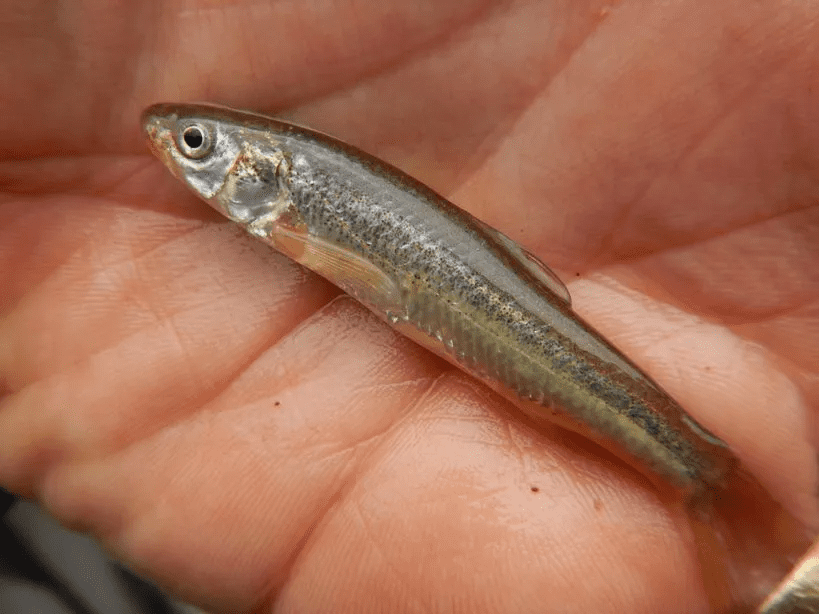

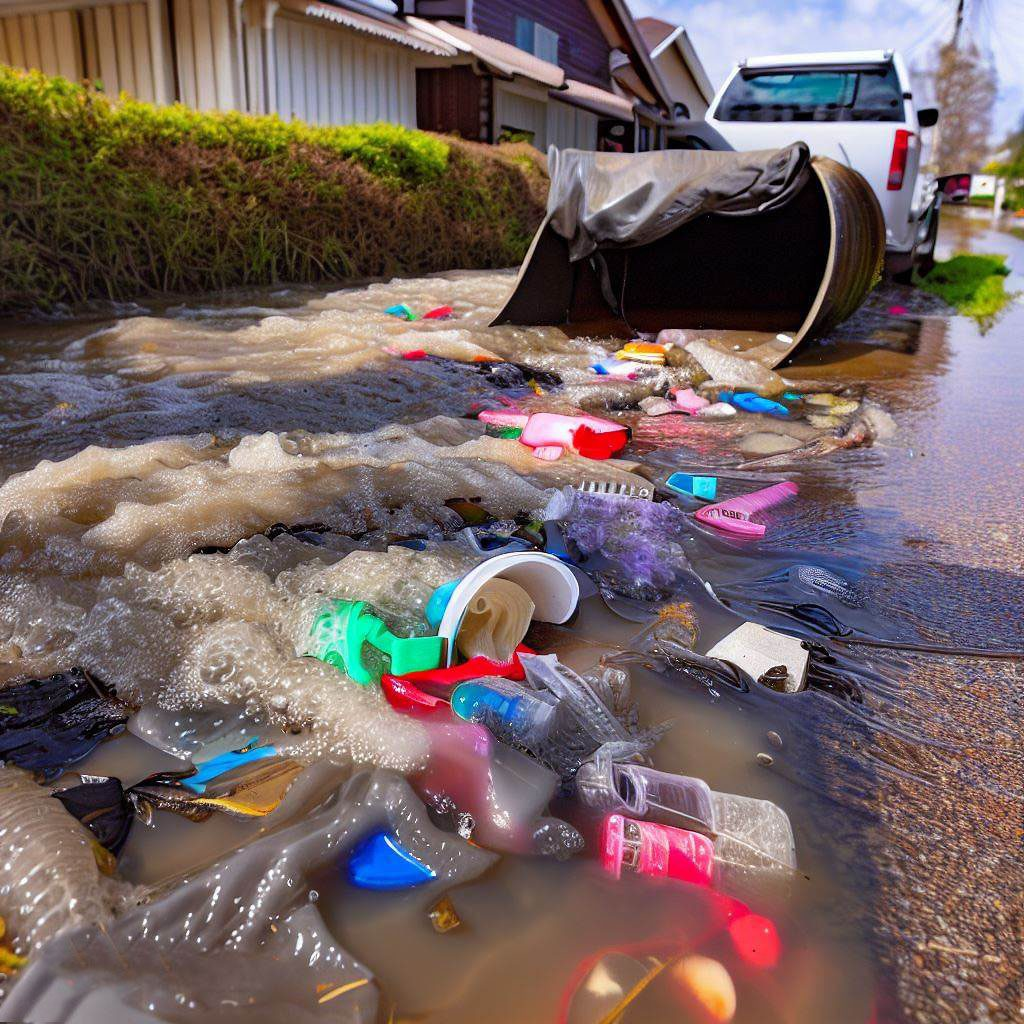
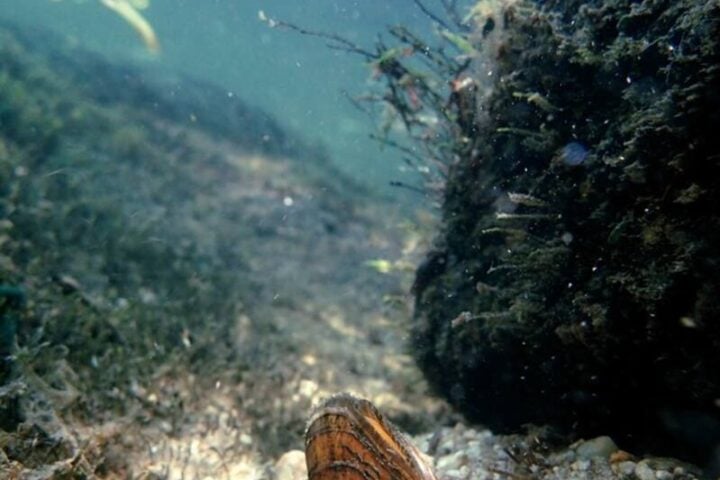
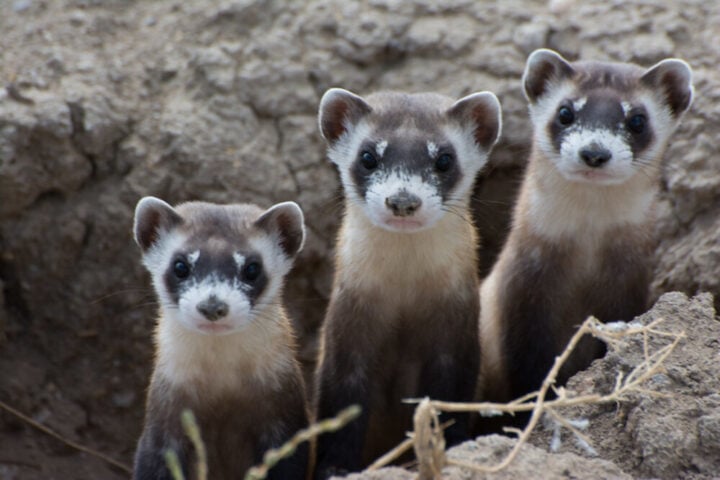
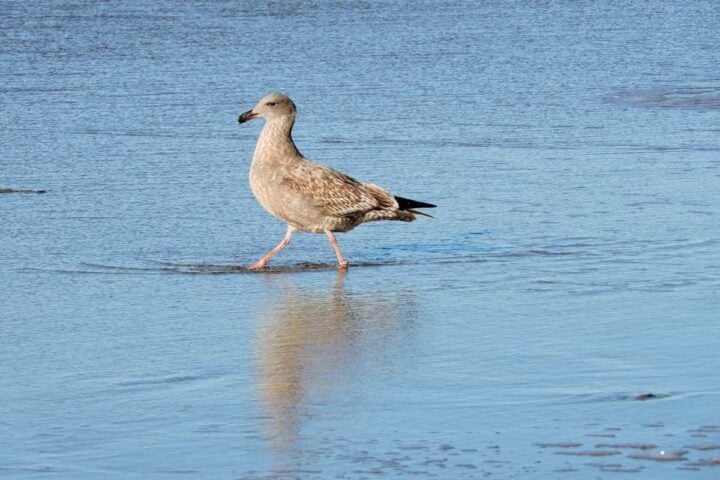

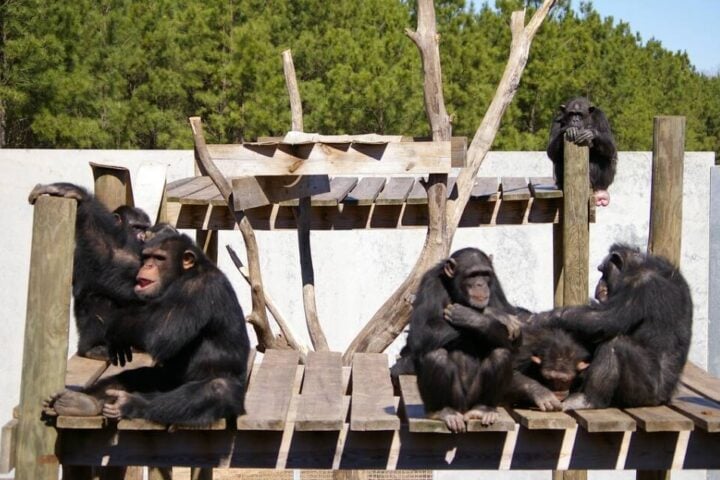


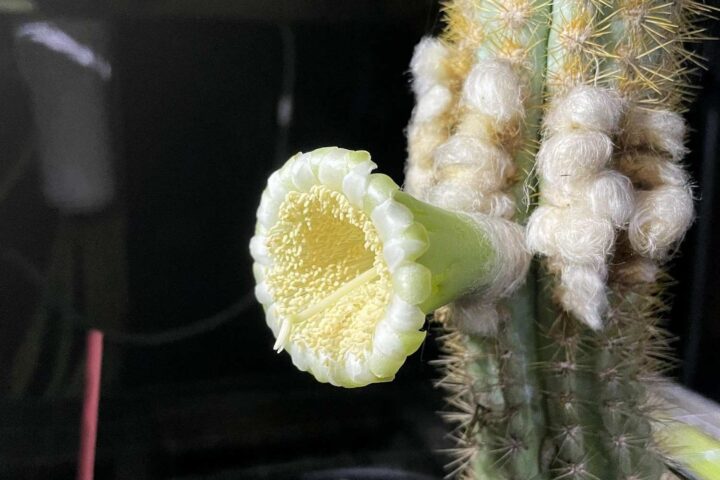
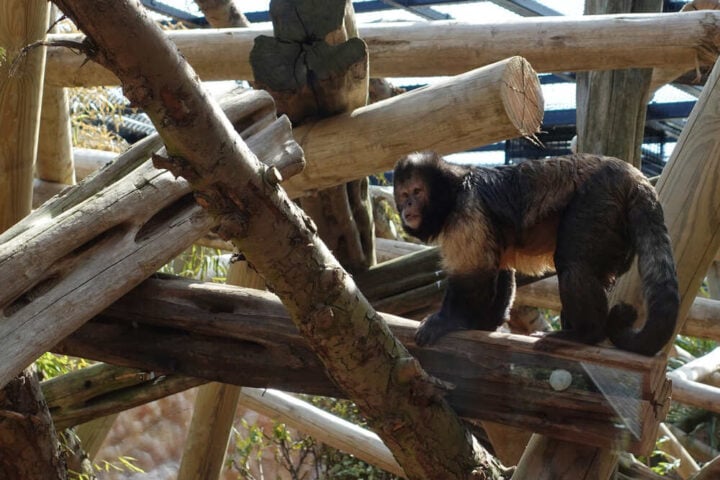


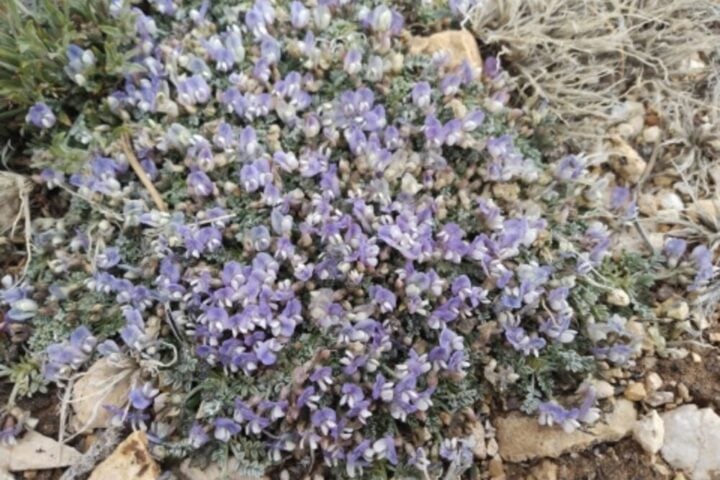
![Representative Image: European Starling [49/366]. Photo Source: Tim Sackton (CC BY-SA 2.0)](https://www.karmactive.com/wp-content/uploads/2025/04/Starlings-Drop-82-in-UK-Gardens-as-Birdwatch-2025-Reveals-Record-Low-Count-Since-1979-720x480.jpg)

